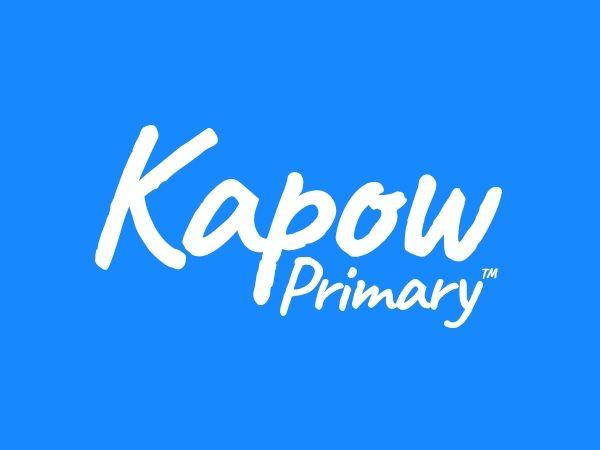Learning objectives
Knowledge
- To compare the suitability of materials for particular uses.
Science in action
- To recognise that some materials are harmful to the environment.
Success criteria
Knowledge
- I can name properties of materials that
This content is for subscribers only. Join for access today.
National curriculum
This content is for subscribers only. Join for access today.
Cross-curricular links
This content is for subscribers only. Join for access today.
Before the lesson
This content is for subscribers only. Join for access today.
Lesson plan
Recap and recall
Display the Presentation: Anagrams and hand out whiteboards and pens (one each). Ask the children to write the answers on their whiteboards.
This content is for subscribers only. Join for access today.
Extended-mode explainer videos
How to extend your display to view the lesson page and preseantion mode simultaneously. Choose your operating system below to watch the video
If you need further support with extending your display,
please contact enquiries@kapowprimary.com.
Extended-mode explainer video: For Mac
Extended-mode explainer video: For Windows
Adaptive teaching
This content is for subscribers only. Join for access today.
Assessing progress and understanding
This content is for subscribers only. Join for access today.
Vocabulary definitions
This content is for subscribers only. Join for access today.
In this unit
Y1/2 (B) Assessment: Uses of everyday materials
Y1/2 (B): Lesson 1: Objects and materials
Y1/2 (B): Lesson 2: Which material is suitable?
Y1/2 (B): Lesson 3: Stretch it, twist it, bend it, squash it!
Y1/2 (B): Lesson 4: Testing stretchiness
Y1/2 (B): Lesson 5: Testing strength
Y1/2 (B): Lesson 6: Eco-friendly materials

